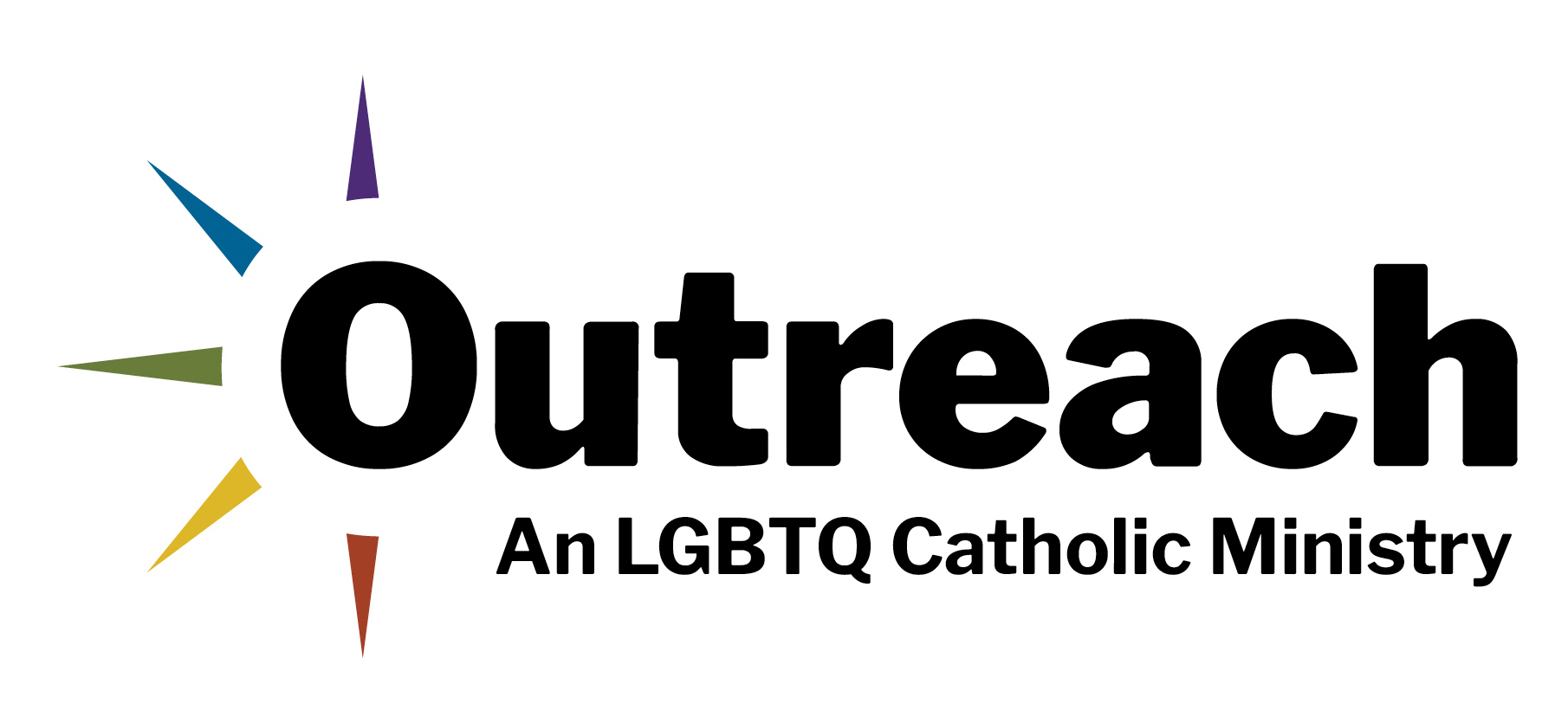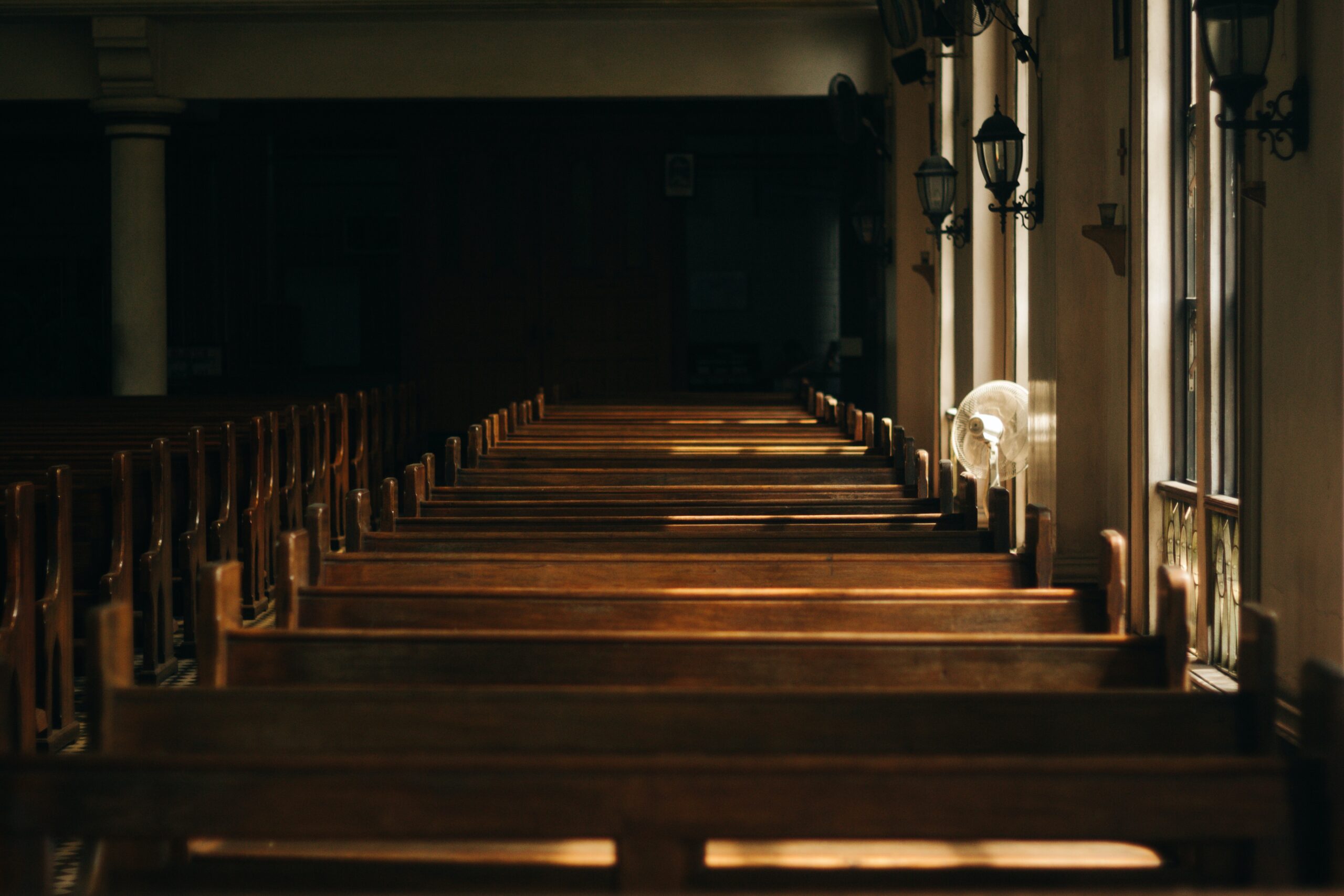In 1992, investigative reporter Jason Berry published his extraordinary book, Lead Us Not Into Temptation. This groundbreaking work on the beginnings of the clergy and religious abuse atrocity in the Roman Catholic Church details methodic individual, cultural and systemic realities that allowed former priest Gilbert Gauthe to abuse dozens of prepubescent boys. (This case was immortalized in the 1990 television film, “Judgment.”)
The Gauthe case illustrates the central components of these horrific phenomena that have been and are still being repeated today. Berry detailed Gauthe’s abuse of children, the cultural realities that allowed and even fostered the abuse and then how those in leadership listened to their lawyers, covered it up in order to save face, protected church resources and prioritized the reputation of the institution.
These factors have not changed and, in some instances, they have worsened. Gauthe would methodically target boys of a certain age, and abuse them in fairly consistent and horrific ways. Since 1992, research has clearly indicated that his sexual orientation had nothing to do with his choice to offend boys between nine and 12 years old.
His choices came from a sexual disorder, a pedophilic disorder of a fixated type. Today, we know that the majority of pedophiles and other types of sexual offenders in the United States are white, married, heterosexual males. It would be illogical, a tad uninformed and potentially harmful to suggest that being white, heterosexual or married has a role in, or even causes, pedophilia or sexual offenses.
Heterosexuality, whiteness and marriage played little to no role in their offending behavior. There are many more complex, multi-dimensional reasons for such behaviors, especially in the church.
These dimensions have become more and more evident since 2002, when the Boston Globe Spotlight team unveiled decades of abuse and systematic cover-up by church hierarchy. The bishops responded to this series with what is known as the Dallas Charter and three different research projects, in 2004, 2006, and 2011, called the John Jay studies.
The Charter enacted a zero-tolerance policy for any offender to minister in the church. The data has been and is clear in this regard. Disappointing to some, LGBTQ people were not and are not the problem of the clergy sexual abuse. Numerous international studies actually determined there were more heterosexuals who offended in the church. This phenomenon comes out of national and international contexts.
Significant government-sponsored and faith-based research in Australia, England, Ireland, Poland, New Zealand and Germany show consistent rates of abuse in almost every faith community. Disappointing to others, data shows how little celibacy has to do with the offending behaviors. Married heterosexual clergy offend in similar rates to celibate clergy. Additionally, by asserting that the abuse crisis was about men abusing boys, people fail to take into account that now half of abuse survivors are women and young girls.
LGBTQ people were not and are not the problem of the clergy sexual abuse. Numerous international studies actually determined there were more heterosexuals who offended in the church.
The problem calls for more nuanced pastoral acumen and sensitivity that goes beyond simple conclusions that cause more harm. These simple conclusions also increase mistrust in the church and its leaders and ultimately denies, distracts, avoids and minimizes this atrocity all together. These reactions mimic the offenders’ reactions. Though the percentage of true pedophiles in the American church was very small, an estimated 1.9 to 2.4 percent, they accounted for over 40 percent of the victims.
This was one type of offender, often attracted to a certain age, regardless of sex. These are fixated or “preferential” offenders. Furthermore, it is a myth to state that there is “pedophile problem” in the Catholic Church, as the data simply does not support this statement. Clearly, the church has a major abuse problem, not just only with pedophiles, however.
Furthermore, since the Charter and the three John Jay Studies, we have identified a second and more prevalent type of offender. This is known as a “situational offender,” or an ephebophile (i.e., those attracted to adolescents). Ephebophiles accounted for the majority of the offenders in the U.S. church.
One of the biggest myths associated with the clergy sexual abuse atrocity is the lack of understanding of assault, rape or sexual offending. The myth is that this abuse is related to a “bad apple” when the data has overwhelmingly pointed to the “bad apple in a bad barrel.”
The systemic and individual problems are often misunderstood. It is a classic both/and scenario. Furthermore, these issues demand analyses of their root causes that have not been formulated or executed. These could uncover the complex systemic, cultural and theological forces that created this perfect storm. We still do not have a precise picture of these dynamics 20 years after the Boston investigation.
In other words, what we know, and have known since the early 1990s, is that sexual offenses occur within what we call an “interactional event” within certain systems. There are four elements to this event: the victim, the offender, the situational vortex and the intercultural. Simply put, there are factors of victim vulnerability (e.g., family problems, divorce, previous trauma, physical limitations, neglect, accessibility and opportunity within her/his world).
Sex offenders tend to exhibit certain characteristics: a lack of sexual integration or knowledge, poor coping skills, immature psychosexual development, poor peer friendships and a history of trauma. Their attraction to adolescents, whether male or female, is not about the sex, but the ability to dominate and control. Like rape, it is about power. We know that the majority of victims in the church were adolescent males, and altar girls were not present until the mid- to late 1990s.
The aforementioned factors come together to create what the late Benedictine monk and psychotherapist Richard Sipe termed “a secret world”—sexual abuse within an “enabling system” that offers little to no transparency or accountability. This abuse exists within the intercultural system of secrecy, silence and privilege associated with particular cultural beliefs about priests and priesthood, wherein the offender is acting “in persona Christi.” As many have stated, when the priest offends, it is God who offends.
This third factor, the interactional event or situational opportunity, is most often addressed by policies and protocols. Since the Dallas Charter, the criminological and legal approaches have focused upon one aspect of this event. Though necessary, it has been clearly insufficient, as we see in frequent local and international news reports about this atrocity. These policies and procedures are targeting or attempting to prevent this “opportunity” from occurring.
A 2021 survey of youth protection policies in 32 American archdioceses gave most regions a failing grade. They have fulfilled the requirements with no clue as to their effectiveness. They seemed to have had some success, though “too early to tell” success, in the yearly audits, since most victims come forward some 25 years after the abuse event.
However, these policies and procedures have not addressed the more obvious systemic and cultural issues in which sexual abuse occurs. One line from the 2015 film “Spotlight” captures this reality: “If it takes a village to raise a child, it takes a village to abuse a child.”
[Sex offenders’] attraction to adolescents, whether male or female, is not about the sex, but the ability to dominate and control. Like rape, it is about power.
In 2018, a disturbing report on clergy sexual abuse in Pennsylvania and revelations of abuse perpetrated by former cardinal Theodore McCarrick rocked the church in the United States and worldwide. In both instances, reports demonstrated a widespread culture of coverup, enabling, silence and secrecy at the highest levels of church governance and its structures. It highlighted abuse and misconduct towards both children and adults.
A constant cacophony of recent events in Ireland, Chile, England, Australia, Germany and France highlight a system of repeated failed ecclesial leadership, whether episcopal or major religious leadership, that is screaming for serious reform and immediate solutions.
Finally, experts have suggested that the most central need today is the need for an extensive and necessary personal, systemic and organizational conversion. The data from across the globe is quite clear. Clergy-perpetrated sexual abuse is a complex, systemic and multi-dimensional problem.
Simple solutions or understandings are not helpful and might do more harm. Tragically, the personal failures of those in leadership all too often mirror the offending thinking, beliefs and behaviors of the perpetrators. This has been a belief system that offends rather than a belief system that heals.
Let us end where we began. In his examination of the clergy abuse atrocity, Jason Berry highlights the 1980s case of the Gastal family, who refused to settle their case with other families because they did not trust that Father Gauthe would be stopped. They refused to be silenced. They never wanted anything other than that guarantee.
So, the family was forced to sue the Diocese of Lafayette, La. The courage of this family of survivors broke open this “secret world,” as Sipe termed it. Perhaps one answer going forward is to study, analyze and see this atrocity from a survivors’ perspective. Survivors can and do teach us every day about courage, grace, resilience and redemptive suffering in the face of betrayal and abandonment. If we might just be present, accompany and listen to their stories, maybe then cultural transformation will be possible.
Though survivors’ experiences have been central to some studies, not one report has detailed the unique long- and short-term effects of physical, medical, psychological and spiritual woundedness. The next 20 years might finally address this gaping hole in the data and in this sacred wound. Perhaps, we might have a survivor versus a perpetrators’ perspective. Perhaps, we might lament and become a more penitent faith community that listens to and lifts up the voices of the survivors, and not those of clerical privilege.
In clinical research, there is an old saying: “You can’t change something unless you know what is there.” We know what is there. It’s time for change.




